The Micro Nuclear Revolution
Transforming the Future of Energy
Key Generation Uranium News Highlights

Generation Uranium Secures Key Mining Permits

Breakthrough Technology Enhances Uranium Purity

Global Energy Leaders Invest in Uranium
July 17, 2024
Interest in micro nuclear reactors is rapidly growing as the world seeks innovative solutions to meet its escalating energy demands.
These compact, modular reactors offer a transformative approach to nuclear power, characterized by their small size and adaptability.
Unlike traditional nuclear reactors, which are large and often complex to manage, micro nuclear reactors are designed to be more manageable and versatile, making them suitable for a wide range of applications.
The benefits of micro nuclear reactors are substantial.
They promise enhanced safety features, thanks to their advanced design and built-in safeguards.
Their modular nature allows for scalability, meaning they can be deployed in small increments and expanded as needed.
This flexibility is particularly advantageous for remote locations, off-grid communities, and regions with limited infrastructure.
Micro nuclear reactors also play a crucial role in reducing carbon emissions, aligning with global efforts to combat climate change.
They can provide a stable, continuous power supply that supports the integration of renewable energy sources, thereby enhancing the overall resilience and sustainability of the energy grid.
Additionally, their potential for lower upfront costs and faster deployment timelines compared to traditional reactors makes them an attractive option for both developed and developing countries.
The impact of micro nuclear reactors on the energy sector could be profound.
By providing a reliable and clean energy source, they have the potential to revolutionize how we think about and utilize nuclear power.
This new wave of nuclear technology could help bridge the gap between current energy needs and future sustainability goals, marking a significant step forward in the quest for a greener, more energy-efficient world.
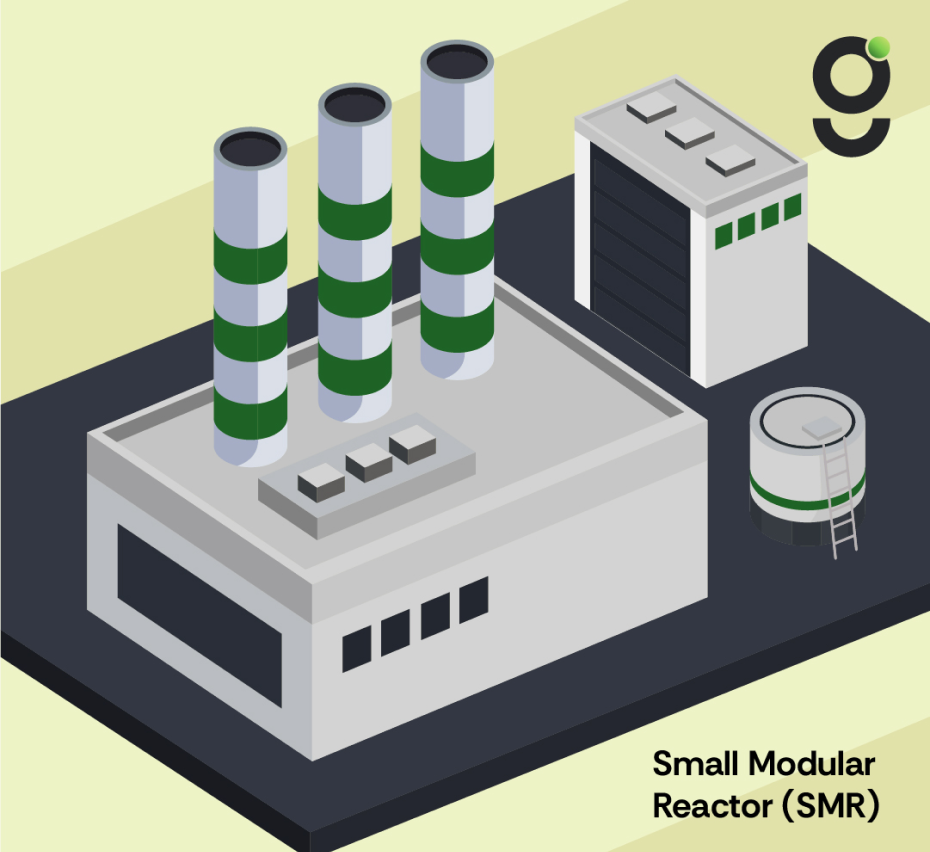
What Are Micro Nuclear Reactors?
Micro nuclear reactors are small, modular nuclear reactors designed to generate up to 20 megawatts of thermal energy.
These compact reactors are highly portable and can be transported by semi-trailer, making them suitable for deployment in remote locations or as part of a microgrid.
They are significantly smaller than traditional nuclear reactors, with a size range that is 100 to 1,000 times smaller (INL).
Unlike traditional nuclear reactors, which are large and complex to manage, microreactors offer enhanced flexibility and safety.
They can operate independently from the electric grid or be integrated into it, providing a reliable source of energy.
Their modular design allows them to be factory-built and easily assembled on-site, which reduces construction time and costs.
Additionally, microreactors can operate for several years without the need for refueling, increasing their efficiency and reducing operational interruptions (Wikipedia).
Micro nuclear reactors are designed with advanced safety features that leverage natural laws of physics.
They are self-regulating, meaning they automatically adjust their operation without human intervention to maintain safe conditions.
This makes them highly reliable and resilient sources of power, ideal for locations that require a continuous and stable energy supply.
These reactors are particularly advantageous for remote or isolated areas, such as rural communities, military installations, and disaster recovery zones.
They can provide zero-carbon energy for various applications, including electricity generation and industrial process heat.
The ability to produce energy on-site eliminates the need to transport fuel over long distances, which is often costly and logistically challenging.
Overall, micro nuclear reactors represent a significant advancement in nuclear technology, offering a versatile and sustainable energy solution that can meet the needs of diverse applications while minimizing environmental impact.
Advantages of Micro Nuclear Reactors
Micro nuclear reactors offer a range of advantages that position them as a promising solution for future energy needs.
Enhanced safety features are a significant benefit, as these reactors are designed to be self-regulating and inherently safe, reducing the risk of accidents.
Their compact size and modular nature allow for greater flexibility and scalability, making them suitable for a variety of applications, from powering remote communities to supporting military operations and disaster recovery efforts (World Nuclear News).
Micro nuclear reactors also present a strong potential for reducing carbon emissions.
They can operate independently from the grid or as part of a microgrid, providing reliable and continuous power without the need for fossil fuels.
This capability makes them an excellent complement to renewable energy sources, ensuring a stable power supply even when solar or wind energy is unavailable.
By integrating with renewable systems, micro nuclear reactors help to balance the energy grid and facilitate the expansion of green energy solutions (NEI).
Additionally, the portability and rapid deployment capabilities of micro nuclear reactors are noteworthy.
These reactors can be built in factories and transported in cargo containers to locations worldwide, where they can be quickly set up and operational.
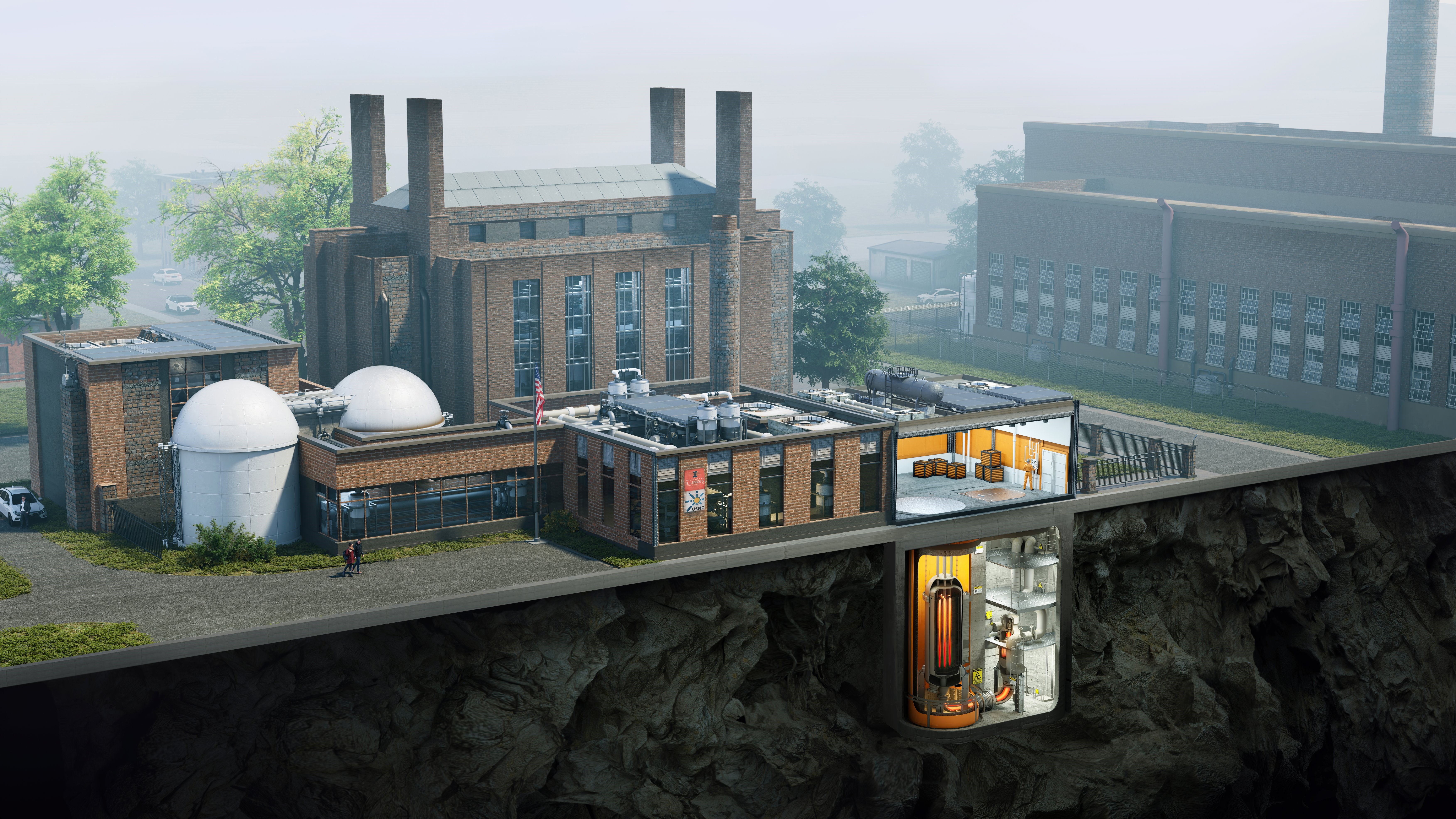
This portability is particularly advantageous for remote areas and emergency situations, providing a dependable source of power where traditional infrastructure might be lacking or damaged (Small Modular Reactors).
Micro nuclear reactors also have lower operational and maintenance costs compared to traditional reactors. They are designed to operate for several years without refueling, which reduces the logistical and financial burden associated with frequent fuel transport. This long operational life, combined with the ease of installation and minimal infrastructure requirements, makes micro nuclear reactors a cost-effective solution for many energy needs.
In summary, the advantages of micro nuclear reactors include enhanced safety, flexibility, scalability, carbon reduction, portability, and cost-effectiveness.
These benefits position micro nuclear reactors as a transformative technology that can meet diverse energy demands while supporting global sustainability goals.
Technological Innovations Driving the Micro Nuclear Movement
Recent advancements in nuclear technology are revolutionizing the energy sector, particularly with the development of micro nuclear reactors.
These small-scale reactors are designed to be portable and efficient, offering a versatile solution for diverse energy needs.
Micro nuclear reactors are built to generate up to 20 megawatts of thermal energy, which can be used to produce electricity and provide heat for industrial applications.
This innovation is largely driven by the need for reliable and low-carbon energy sources that can be deployed in remote and off-grid locations (INL).
Key players in the development of micro nuclear reactors include companies like Oklo, Ultra Safe Nuclear, BWX Technologies, X-energy, and Westinghouse.
These companies are leading the charge with innovative designs that promise enhanced safety, efficiency, and flexibility.
For instance, Oklo's Aurora reactor is designed to operate for 20 years without refueling, making it an attractive option for remote and isolated areas.
Similarly, X-energy is developing a high-temperature gas-cooled reactor that uses helium as a coolant, offering significant safety advantages over traditional water-cooled reactors (NEI).
Technological innovations in the field of micro nuclear reactors include the use of advanced materials and fuels.
Many new designs utilize high-assay low-enriched uranium (HALEU) fuel, which allows reactors to operate more efficiently at higher temperatures.
Additionally, some micro reactors incorporate molten salt and liquid metal coolants, which enable safer and more efficient heat transfer compared to conventional water-based systems.
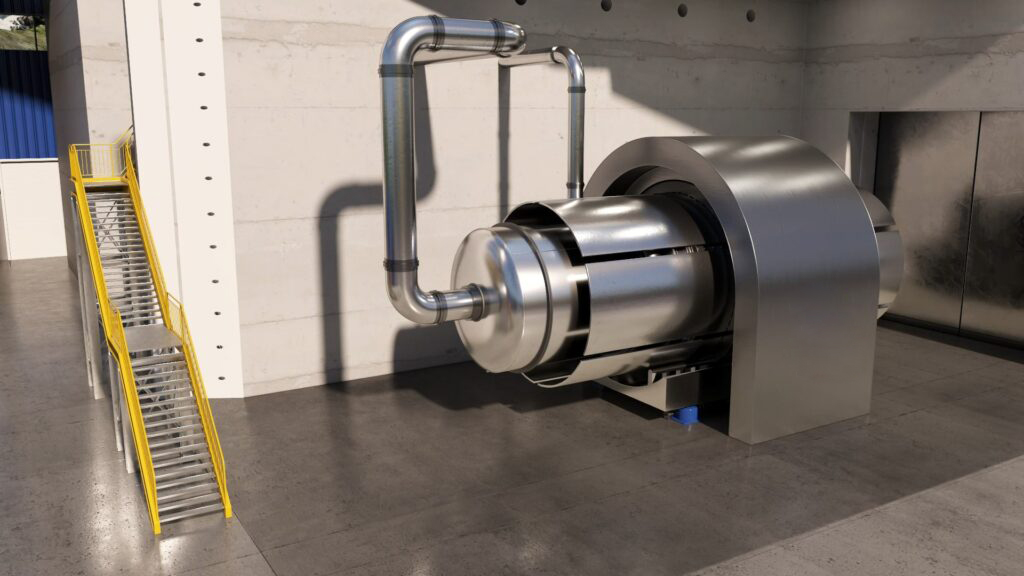
These advancements not only improve reactor safety but also reduce construction and operational costs, making nuclear energy more accessible and cost-effective (IAEA).
Overall, the technological innovations driving the micro nuclear movement are setting the stage for a new era in clean energy.
By integrating advanced safety features, utilizing efficient fuels, and developing versatile reactor designs, micro nuclear reactors are poised to play a critical role in the global transition to sustainable energy.
This transformative technology not only addresses the immediate need for reliable power in remote areas but also supports long-term environmental goals by reducing carbon emissions and enhancing energy security.
Applications and Use Cases
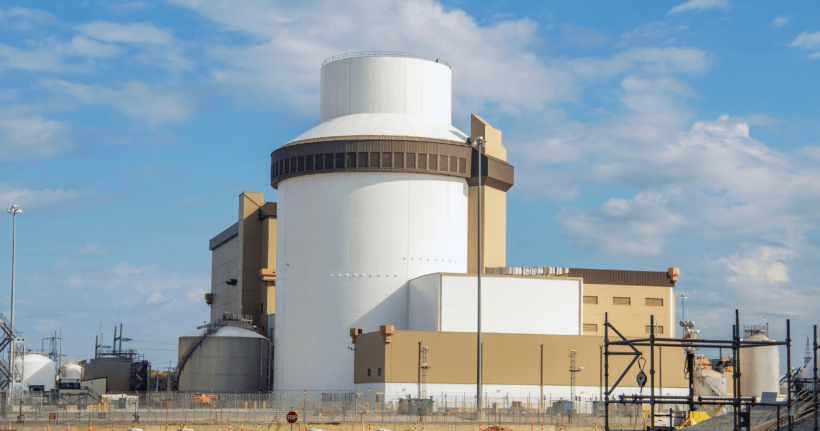
Micro nuclear reactors offer a range of applications that extend their utility beyond traditional power generation.
They are particularly beneficial for remote locations and off-grid communities, where reliable and continuous power is critical.
These reactors can be transported in cargo containers and quickly deployed to areas with limited infrastructure, providing a stable energy source without the need for extensive grid connections (INL).
In the military sector, micro nuclear reactors are seen as a strategic asset for supporting operations in remote and austere environments.
The Department of Defense's Project Pele aims to demonstrate a mobile microreactor capable of delivering up to 5 megawatts of power, addressing the growing energy demands of military bases and ensuring energy resilience in the field (Department of Defense).
Micro nuclear reactors also have significant potential in space missions.
Their compact size and high energy density make them ideal for providing power to lunar bases and other extraterrestrial outposts, where traditional energy sources are impractical.
By supporting both life support systems and scientific experiments, microreactors can play a vital role in expanding human presence in space (INL).
In urban environments, micro nuclear reactors can be integrated into existing infrastructure to provide supplemental power.
Their ability to operate independently or as part of a microgrid allows them to support critical facilities like hospitals, water treatment plants, and data centers, ensuring continuous operation during grid outages.
This integration can enhance the resilience of urban energy systems and contribute to the stability of the overall power grid (NEI).
Furthermore, micro nuclear reactors can support industrial applications by providing both electricity and process heat.
Industries such as desalination, hydrogen production, and mining can benefit from the high-temperature output of microreactors, which can improve efficiency and reduce reliance on fossil fuels.
This capability is particularly valuable in areas where traditional energy sources are scarce or unreliable (IAEA).
Overall, the versatility of micro nuclear reactors makes them a transformative technology with the potential to meet diverse energy needs across various sectors, enhancing energy security and supporting the transition to a low-carbon future.

Regulatory and Policy Considerations
The regulatory landscape for micro nuclear reactors is evolving to accommodate the unique characteristics and safety features of these advanced technologies.
The U.S. Nuclear Regulatory Commission (NRC) is actively working to optimize the regulatory framework for licensing and deploying factory-fabricated microreactors.
This effort includes adapting regulations to be more performance-based and consequence-oriented, which can better address the specific needs of microreactors (NRC).
One of the primary challenges in obtaining approvals for micro nuclear reactors is ensuring that the regulatory process is efficient and transparent.
The NRC and other regulatory bodies are focusing on streamlining the licensing process to reduce the time and cost associated with bringing these reactors to market.
This involves developing clear guidelines and criteria for safety and operational testing, as well as ensuring that regulatory requirements keep pace with technological advancements (NEI).
Government policies play a crucial role in promoting or hindering the development of micro nuclear reactors.
Supportive policies, such as those providing financial incentives for research and development, can significantly boost the industry.
Conversely, overly stringent or outdated regulations can slow progress and increase costs.
Policymakers are encouraged to collaborate with industry experts and regulatory agencies to create a balanced framework that ensures safety without stifling innovation (NEI).
International cooperation is also essential for the successful deployment of micro nuclear reactors.
Collaborative efforts between countries can lead to harmonized regulatory standards, facilitating the global adoption of this technology.
For example, the NRC's cooperation with regulatory agencies in Canada and the United Kingdom aims to increase regulatory collaboration and streamline the review process for advanced reactors, including microreactors (IAEA).
In conclusion, the regulatory and policy landscape for micro nuclear reactors is complex and multifaceted.
Ongoing efforts to modernize and optimize regulations, coupled with supportive government policies and international cooperation, are key to unlocking the full potential of this innovative technology.
Economic and Environmental Impact
Micro nuclear reactors offer significant potential in terms of economic and environmental impact.
When comparing costs with traditional energy sources, microreactors can be cost-competitive, especially in remote and off-grid locations.
For instance, electricity generation from the first microreactor is estimated to cost between $0.14 and $0.41 per kWh.
This is significantly lower than the over $1 per kWh cost in remote areas dependent on diesel generators (INL).
Capital costs for constructing small modular reactors (SMRs), a category that includes microreactors, range from $2,000 to $6,000 per kilowatt.
This is lower than the $4,000 to $9,000 per kilowatt range for large-scale nuclear reactors.
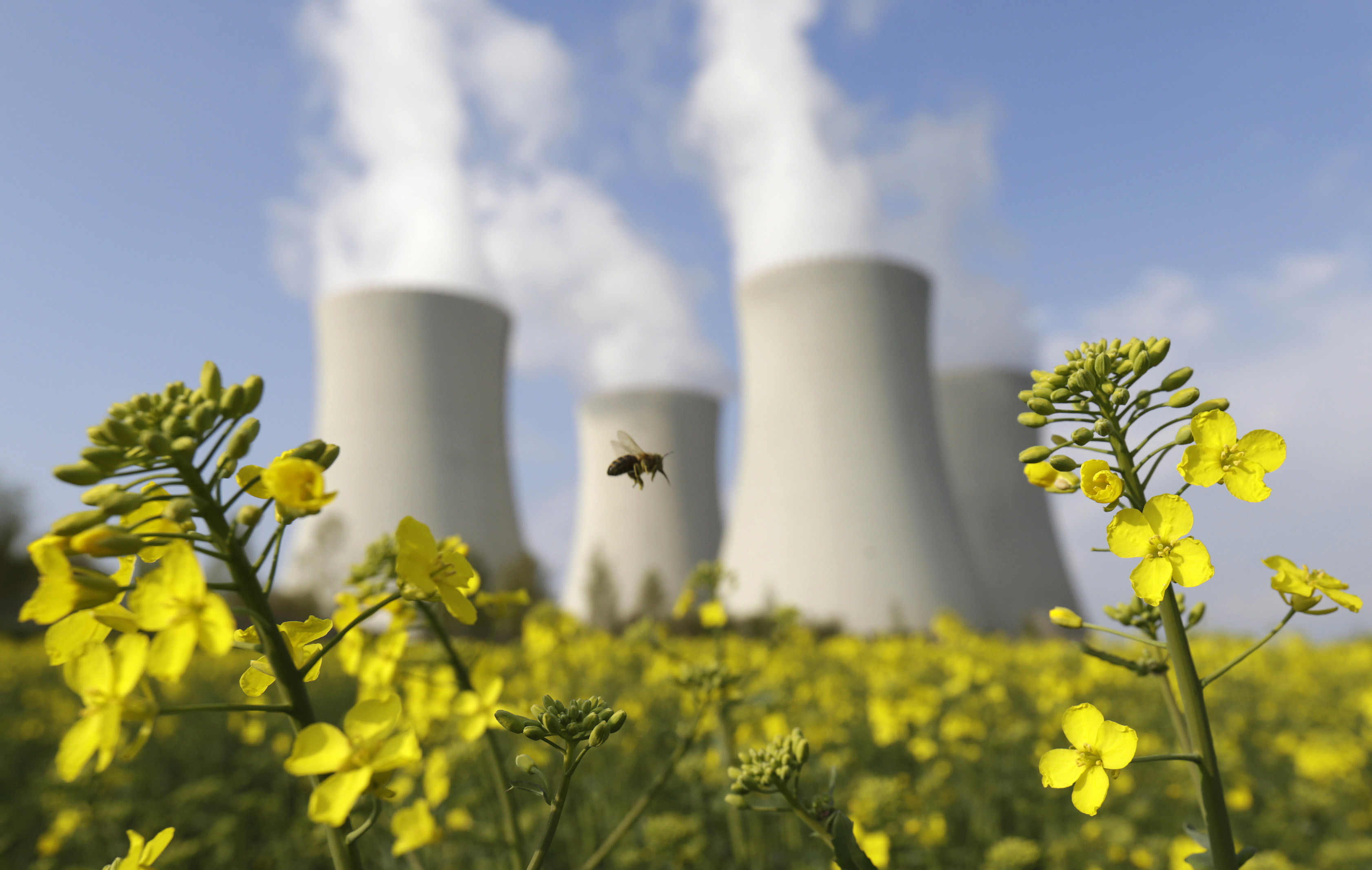
The potential for factory-built, standardized designs contributes to reduced construction times and lower overall costs (Small Modular Reactors).
From an environmental perspective, micro nuclear reactors provide a carbon-free energy source, significantly reducing greenhouse gas emissions compared to fossil fuel-based power generation.
They are designed to be highly efficient and can operate for years without refueling, minimizing the environmental impact associated with fuel transport and handling.
Furthermore, the compact size and modular nature of microreactors reduce the environmental footprint of their deployment (IAEA).
The long-term economic potential of micro nuclear reactors is promising.
As more reactors are developed and deployed, costs are expected to decrease further due to economies of scale and technological advancements.
The flexibility of microreactors allows them to be integrated into various energy systems, enhancing grid stability and resilience.
This adaptability supports the broader adoption of renewable energy sources by providing reliable backup power, thus facilitating the transition to a low-carbon energy future (NEI).
Overall, micro nuclear reactors represent a transformative technology with the potential to meet diverse energy needs while promoting economic efficiency and environmental sustainability.
Case Studies: Success Stories and Ongoing Projects
The development and deployment of micro nuclear reactors have seen several successful implementations and promising ongoing projects.
One notable example is BWX Technologies (BWXT), which is constructing the first advanced nuclear microreactor in the United States under the U.S. Department of Defense’s Project Pele.
This transportable microreactor is designed to operate at power levels between 1 and 5 MWe and will undergo rigorous testing at Idaho National Laboratory to confirm its performance and operability (BWXT).
Another significant project involves X-energy, which is partnering with TransAlta to explore the deployment of their Xe-100 advanced small modular nuclear reactors in Alberta, Canada.
Supported by Emissions Reduction Alberta, this study aims to repurpose a fossil fuel electricity generation site for an Xe-100 plant, evaluating its feasibility, economics, and regulatory impacts.
The Xe-100 reactor uses TRISO-X fuel and is designed to be intrinsically safe, making it suitable for a variety of applications, including industrial processes and hydrogen production (X-energy).
NuScale Power is also leading significant projects with their VOYGR SMR power plants.
These small modular reactors are set to provide up to 924 MWe of electricity and are being developed for deployment in Poland by 2029.
NuScale’s reactors are designed to be scalable, making them ideal for both large-scale and smaller, localized applications (C3 Newsmag).
These case studies highlight the versatility and potential of micro nuclear reactors to provide clean, reliable energy across various sectors and locations.
As these projects progress, they offer valuable insights and lessons that will inform future developments and deployments of micro nuclear technology.
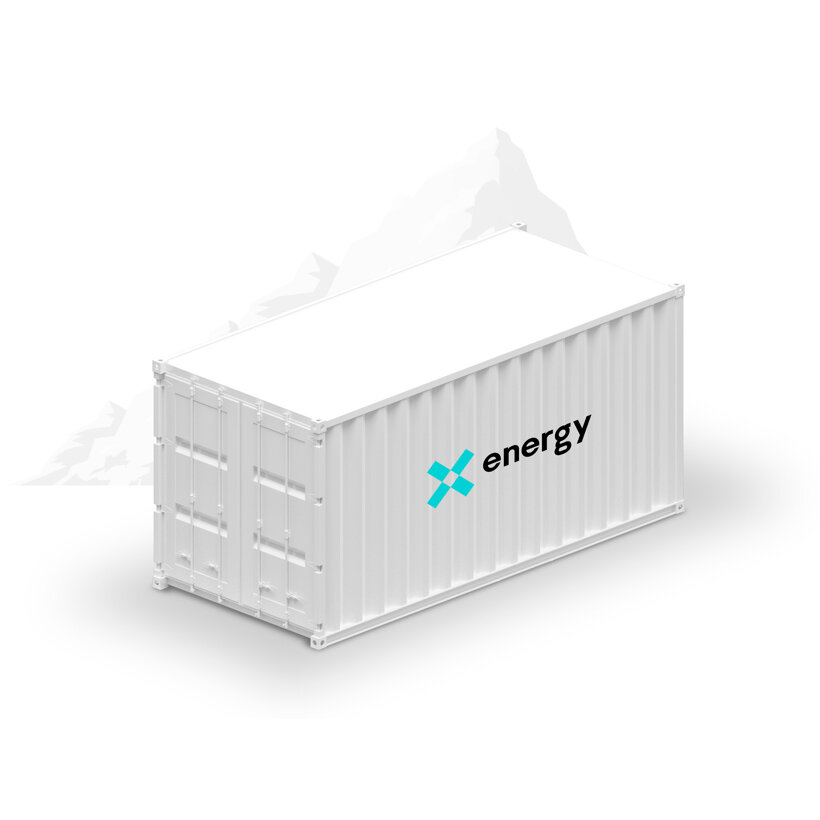
The Future of Micro Nuclear Reactors
Micro nuclear reactors are poised to play a significant role in the future of energy due to their innovative design and versatile applications.
The growth and adoption of micro nuclear technology are predicted to increase as more countries and companies invest in these advanced reactors.
This growth is driven by the need for reliable, low-carbon energy solutions that can be deployed in diverse environments, from remote locations to urban centers (MIT Technology Review).
One of the main challenges to the widespread deployment of micro nuclear reactors is the high initial cost and lengthy regulatory approval process.
Despite these hurdles, companies like NuScale, BWX Technologies, and X-energy are making significant strides.
NuScale's small modular reactors (SMRs) are designed to be cost-effective and scalable, potentially providing electricity for hundreds of thousands of homes once deployed.
The company has faced delays and cost overruns, but it continues to move forward with projects in the U.S. and abroad (New Atlas).
Another barrier is the need for regulatory frameworks that can accommodate the unique characteristics of microreactors.
Regulatory bodies are working to adapt their processes to ensure safety while also facilitating innovation.
International cooperation is crucial in this regard, as harmonized standards can help accelerate the deployment of microreactors globally.
Collaborative efforts between the U.S., Canada, and other nations aim to streamline the review process and support the development of advanced nuclear technologies (NRC).
The vision for a future powered by micro nuclear reactors includes widespread adoption across various sectors, providing clean, reliable energy.
These reactors can support grid stability, enhance energy security, and contribute to the reduction of carbon emissions.
As technological advancements continue to improve reactor safety and efficiency, micro nuclear reactors are expected to become a cornerstone of the global energy landscape (IAEA).
Conclusion: Embracing the Micro Nuclear Revolution
Micro nuclear reactors represent a transformative shift in how we approach energy generation.
Their innovative design, flexibility, and scalability make them ideal for a wide range of applications, from powering remote locations to enhancing urban energy infrastructure.
These reactors offer significant economic and environmental benefits, providing a reliable, low-carbon energy source that can support global sustainability goals.
The future of micro nuclear reactors is promising, with ongoing advancements in technology and increasing investment from both the public and private sectors.
However, realizing this potential requires a concerted effort from all stakeholders, including governments, regulatory bodies, industry leaders, and investors.
By supporting the development and deployment of micro nuclear technology, we can overcome current energy challenges and pave the way for a cleaner, more resilient energy future.
The journey towards widespread adoption of micro nuclear reactors is just beginning.
As we continue to innovate and refine these technologies, their role in the global energy landscape will become increasingly vital.
Embracing the micro nuclear revolution means committing to a future where energy is not only abundant and reliable but also sustainable and environmentally responsible.
This commitment will drive progress and ensure that we meet our energy needs while protecting the planet for future generations.
Subscribe for the Latest Generation Uranium Investor Updates
Subscribe for the Latest on
Generation Uranium's Advancements
Office: 6th Floor,
905 W Pender St,
Vancouver, BC
V6C 1L6
Email: [email protected]

